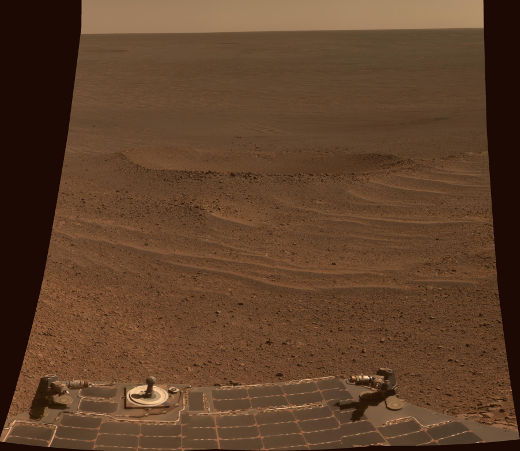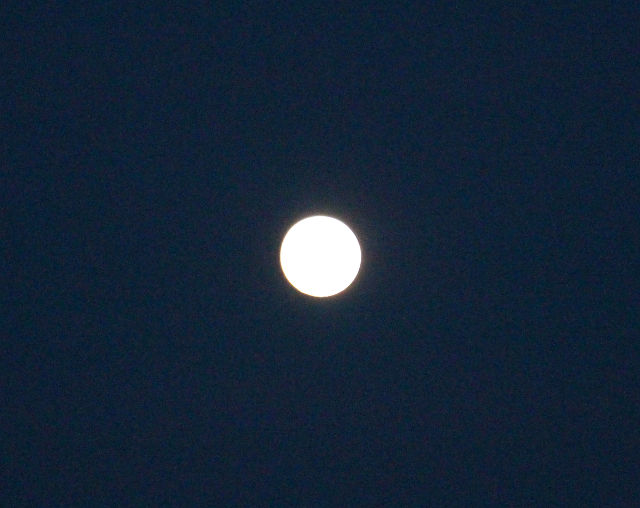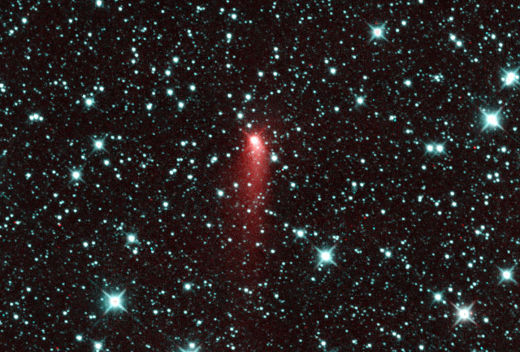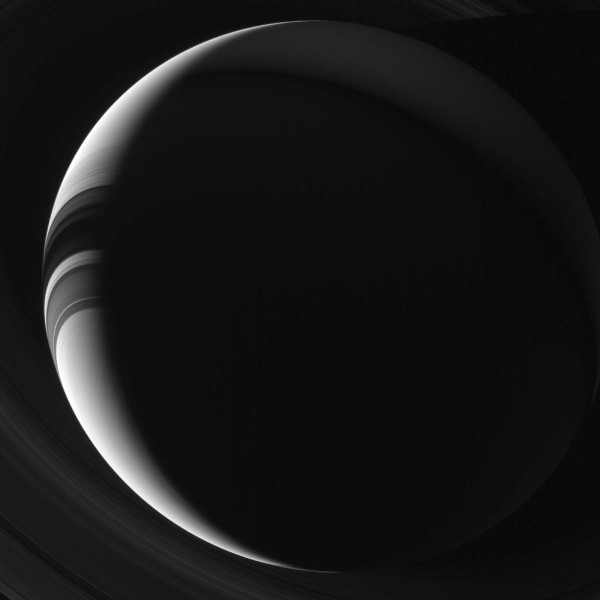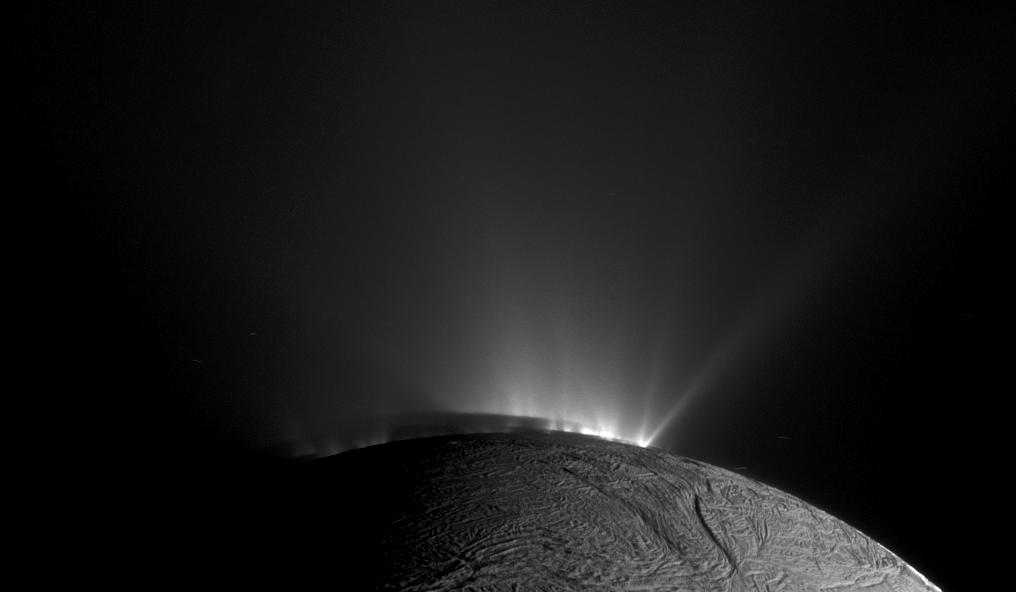
The narrow angle camera on-board the Cassini orbiter took this picture of Saturn’s moon Enceldaus as it was looking across the moon’s south pole. The geyser basin includes three fractures that have been identified (and named) by various scientists and which provide us with this “light show” of jets escaping from the geysers.
